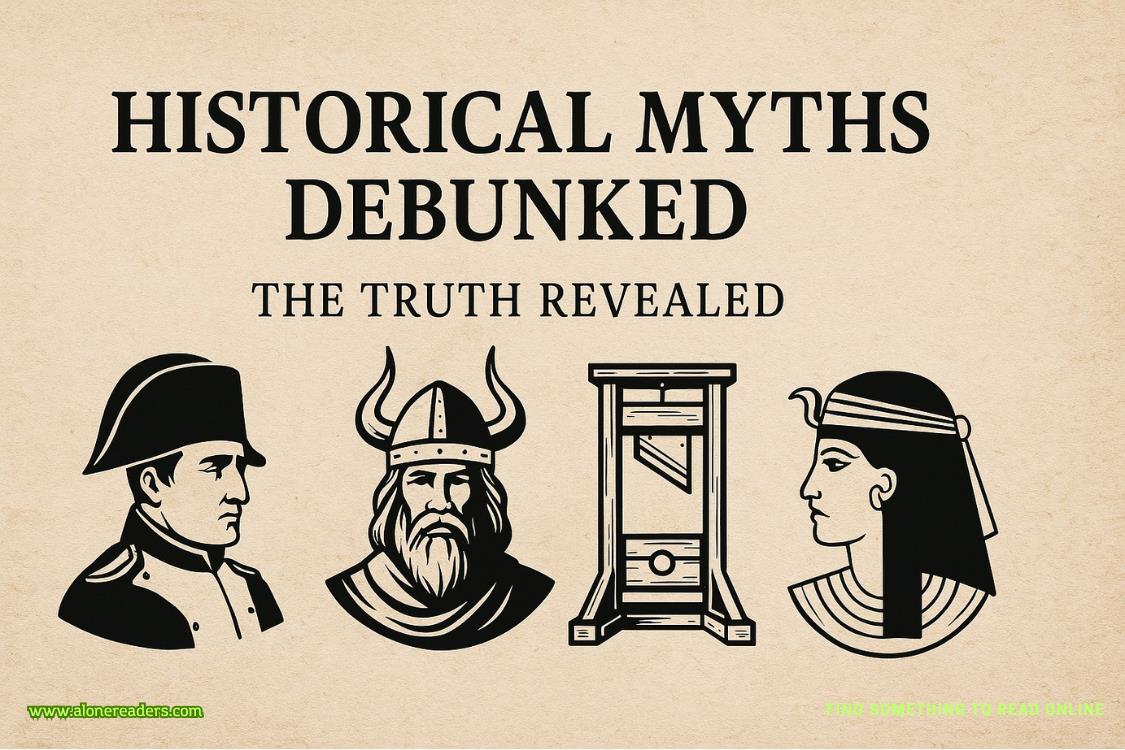“So she was poor?”
“Most of the people here in the mountains were poor.” With an eye-roll she adds, “Except the Vanderbilts.” The owners of the Biltmore, the beautiful mansion in Asheville that draws lots of tourists, but is about as representative of western North Carolina as Euro Disney is of Europe.
According to Avery, the quilt was donated to the museum by a local family who’d been living in the area for generations. Like anAntiques Roadshowfind, it was discovered in the attic while they were cleaning it out to make a bedroom for their teenage son. Even though they found the quilt stashed away in a trunk with other linens from more recent times, they were sure it was much older.
“My partner and I were given the family’s name and the quilt, and that’s all we had to go on.” Avery grins wickedly. “So I cheated.”
“Cheated? How?”
“I took that quilt in both my hands, closed my eyes—” She demonstrates, her features serene. “And I saw her.”
“Her? Her who?”
“The woman who made the quilt. I guess I should saygirl. She looked like a teenager.”
Chills tease the little hairs on the back of my neck. “What do you mean, yousawher?”
“Like I can see you right now. She was sitting on a short stool by an open fire, hand-sewing this quilt. I could see her clothes and her facial features and everything.”
“You saw that much detail?”
Avery nods. “The prints on the fabrics, the dirt floor.”
“Dirt floor?”
She frowns. “She was a slave.”
“Oh,” I whisper.
She goes on to tell me she and her classmate researched the family and found out that generations ago, they were mine owners and had kept domestic slaves until the Civil War. The present-day family helpfully lent them old family journals in which their ancestors had recorded all their assets, including slaves. One entry listed a baby boy, born to “Rebecca,” a fifteen-year-old slave girl.
“She made the quilt for her son?”
“Most likely.”
“Did he survive?”
“Yeah, but when he was ten, he was sold to a farmer in the foothills.”
I blink back tears, and after a deep breath and a sip of tea, ask, “Why did the family have Rebecca’s quilt?”
Avery shrugs. “No one knows for sure. Rebecca helped care for her mistress’s son, who was about the same age as hers. On a busy day, she could’ve easily switched up the babies’ things.”
Although I doubt her mistress would’ve tolerated seeing her precious child swaddled in a slave’s quilt. That’s probably how it ended up tossed in a trunk.
“You didn’t tell your classmate yousawRebecca, did you?”
“No.” Avery winks. “I played it off like I was slowly figuring it out. And like I knew a shit-ton more about nineteenth century textiles than I actually do.”
“So that’s psychometry? Seeing things when you touch something?”
“Pretty much. Sometimes I’ll see the owner or the maker. Sometimes I see a place where the object used to be. One time, when I was fourteen, I was helping decorate the Christmas tree, and I became the ornament I was holding. I was looking out at my dad as a boy as he was hanging me from the tree.”
“No way.”
“Yeah, that one was weird.”
They’re all weird. Being psychic is seriously, seriously, weird.















